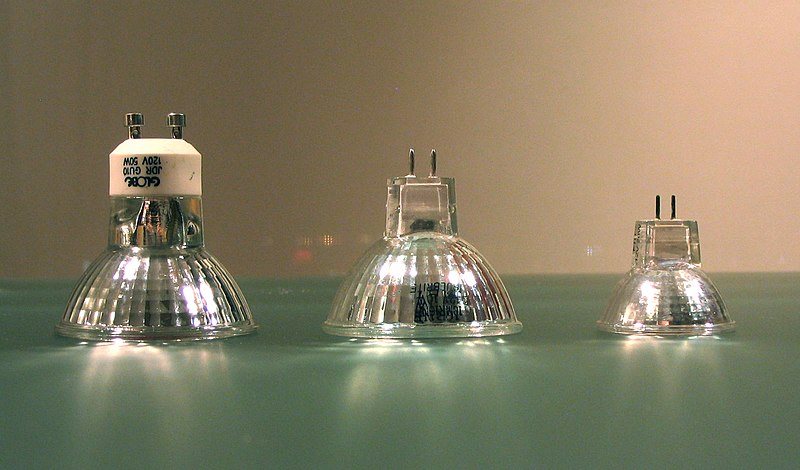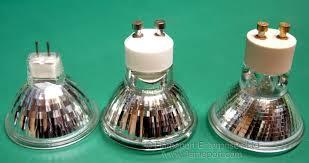Hi,
I have been advised to change the spotlights in my lounge from MR16 to GU10's as there is a greater variety of dimmable LED's on the market for GU10's.
I have seen some conflicting information online with regards to the replacement of these fittings.
Some sites say that you can cut off the current MR16 transformer and wire the GU10 socket straight into the mains, others state that you should still use a transformer with GU10's.
Could someone please help clarify this?
I have been advised to change the spotlights in my lounge from MR16 to GU10's as there is a greater variety of dimmable LED's on the market for GU10's.
I have seen some conflicting information online with regards to the replacement of these fittings.
Some sites say that you can cut off the current MR16 transformer and wire the GU10 socket straight into the mains, others state that you should still use a transformer with GU10's.
Could someone please help clarify this?





